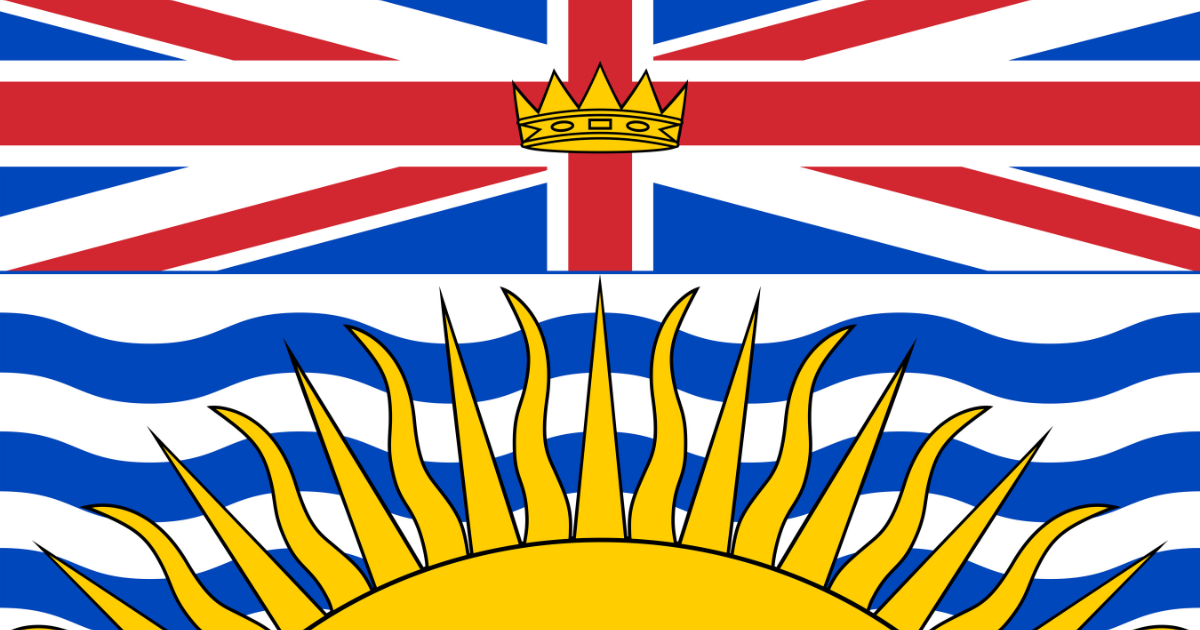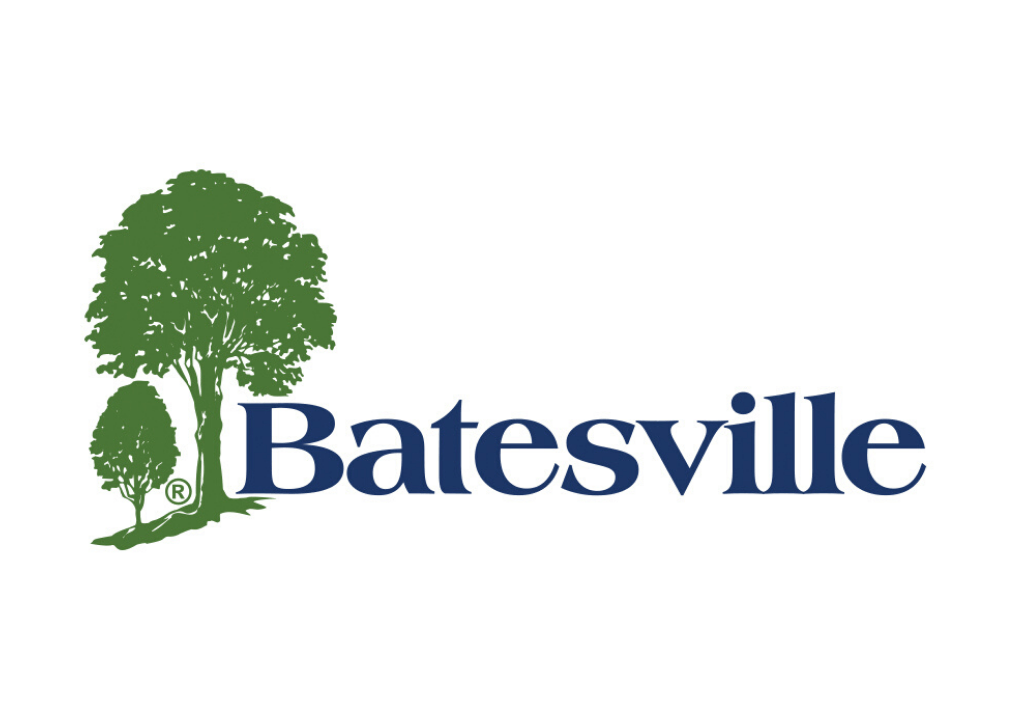“Death of Deathcare?” British Columbia’s Funeral Profession Is Facing Multiple Challenges
The deathcare business in the Canadian province of British Columbia has garnered more than its fair share of media attention over the last few weeks — and it’s not the kind of attention anyone wants. Two separate issues are sharing the spotlight: the B.C. government’s reluctance to legalize alkaline hydrolysis and growing staffing issues that seem to be aggravated by the province’s over-complicated education and licensing process.
In both cases, it’s not members of the profession who are being scrutinized, nor are they the ones calling attention to the issue. Instead, this coverage is in response to concerns voiced by everyday citizens of British Columbia.
Expansion proposal revives call for AH
Over a month ago, the Lake Cowichan Gazette reported that authorities at Mountain View Cemetery, located in the Vancouver Island municipality of North Cowichan, had reviewed recommendations for an expansion of the 10-acre property. These recommendations were sent back for revisions to include a focus on green burial spaces and scattering gardens for cremated remains.
While this story showed forward thinking on the part of Mountain View’s council members, one passage sparked a letter to the editor of the Cowichan Valley Citizen from a community member:
“One point that I read in this article concerns me,” wrote Gail Mitchell of North Cowichan. “[The author] states that cremations are ‘increasingly popular.’ If he means fire-based cremations, I disagree. This may have been true in the past but currently, it is losing favour.”
After describing the environmental concerns connected to flame cremation, Mitchell continues, “There is an alternative process which is becoming increasingly popular — that is water-based cremation, known as alkaline hydrolysis (AH) or aquamation. AH is legally available in several provinces, but not yet in B.C.”
More calls to action
Mitchell’s letter is one of several shared by B.C.-area news outlets over the past few years that support the legalization of AH. In fact, days after her letter in response to the cemetery story, another letter appeared in response to Mitchell’s. In the same week, an op-ed in the BurnabyNews also highlighted the fact that the B.C. government is “dragging its feet” on approving AH.
“More than three years ago, the David Eby government received a petition — now carrying 3,317 signatures — requesting that the province revise its legislation governing burials and cremations,” wrote Ian Sutton, an 84-year-old journalist and author on two books about alternative disposition. “The petition urges B.C. to join those four other Canadian provinces and one territory in making available to its residents alkaline hydrolysis. […] The government has yet to reply.”
Sutton adds that “five other provinces are also dragging their feet, some of them out of sheer ignorance,” and ends his column with the question, “What will it take for the B.C. government — and those five other provinces/territories — to take this matter seriously?”
Charbonneau’s fight
Sutton, Mitchell, and funeral professionals in B.C. aren’t the first Canadians to face their provincial government’s apathy for or opposition to AH. In 2019, Connecting Directors began following Ontario funeral director Trevor Charbonneau in what would end up being a four-year, $340,000 battle to convince the Bereavement Authority of Ontario (BAO) to allow him to offer low-temperature AH services using the equipment in which he had already invested. He eventually won that right for himself and other providers in the province in 2021.
“It was unfortunate that it happened in the first place,” Charbonneau shared with Connecting Directors earlier this year. “It was completely unnecessary, in my opinion. But we pushed through and we ended up winning. Afterwards, there were still a lot of people who didn’t know if it was legal, but then interest started to increase after Desmond Tutu selected aquamation for his disposition. That was a real turning point for us.”
Today, Charbonneau has two locations with AH equipment, and soon will be expanding into pet aquamation. And in addition to calls from curious consumers, Charbonneau is also fielding calls from his colleagues in deathcare.
“We get calls from funeral homes now and again that are looking at it, investigating the opportunity and looking for information from us about our experience,” he says. “I think as time goes on, you will see it expanding.”
More hoops
While Charbonneau eventually jumped through all the legal hoops that were restricting him from offering AH to folks in Ontario, citizens of British Columbia are blaming another entanglement of deathcare regulations for leaving entire communities with insufficient resources.
Last week, another B.C. outlet launched the first of three installments in a series on the “Death of Deathcare” in the province. This first piece detailed a “broken” system of “restrictive regulations, the absence of a local funeral provider, and the usual staff shortages in the North” that led to one woman’s husband lying on the floor of their home for 16 hours after he died.
Her ordeal began when responding paramedics told her they weren’t allowed to transport a deceased body due to B.C.’s Coroners Act. She then called the nearest funeral home, which was in Terrace, 92 miles (150 km) away from her home in Prince Rupert; they didn’t arrive until the next afternoon.
“She finds the problem here is that Rupert does not have a funeral director or morgue to keep the body while the family waits for someone to become available from Terrace,” writes Radha Agerwal in the Terrace Standard. Neither the reporter nor the widow blame the delay on the funeral home. They understand that its three full-time staff members and one after-hours removal person are stretched thin as the only crematorium and funeral home for more than seven municipalities.
In the second installment in the “Death of Deathcare” series, Agerwal alludes to the idea that the staffing shortage plaguing the Terrace funeral home and the rest of B.C. stems from the province’s substantial educational and licensing requirements, which in at least one aspect are double those of the neighboring province of Alberta.
“In Alberta, students must complete 1,800 hours of funeral services experience to obtain their licence, while in B.C., it is 3,600 hours,” writes Agerwal. “The course has university-level microbiology, chemistry, and anatomy. Additionally, a prospective director needs to complete 50 embalmments, as well as, about 30 graveside/family arrangements.”




